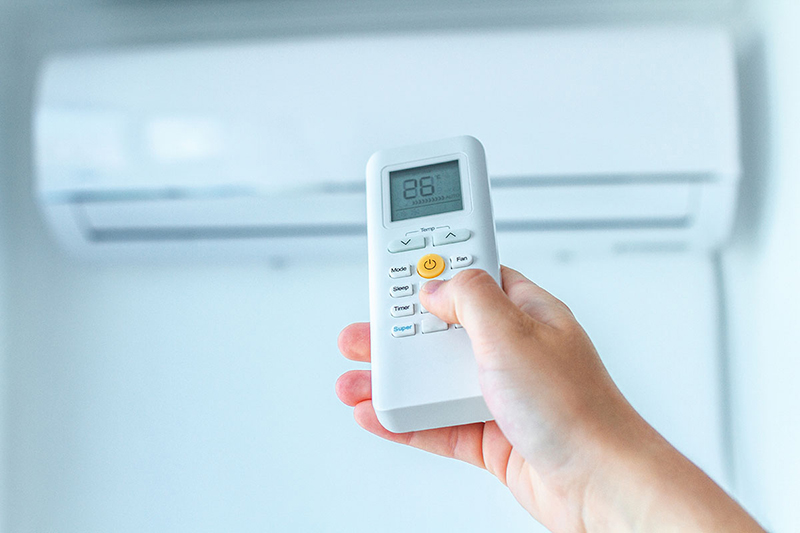
Nobody likes the sight of mold - black and spotty, and a sign that bacteria’s growing. Being a hot and humid country, Singapore’s the perfect environment for mold to accumulate and gather in your air conditioner’s air ducts. Before you find yourself Googling for an aircon contractor Singapore, take preventive steps to avoid this scenario! Why Does Mold Grow in Air Ducts? Mold grows and accumulates because of a favorable environment. It can disperse and develop throughout your entire home or building via your air-conditioning system, which honestly sounds like a pain to deal with. Your air conditioner is the perfect breeding spot for mold because of the moisture it contains from the dehumidification, causing mold production in the air ducts. If the humidity levels within the air ducts are not regulated, mold begins to thrive and multiply. Add the fact that air ducts are enclosed, dark, and checked less commonly, mold has the capacity to keep growing until it becomes out of control. The air ducts also collect dead skin cells, dander and dust particles, sources of nourishment for mold. An oversized air conditioner will also cause mold growth since it won’t operate longer to dehumidify the air. This allows moisture for mold to develop on the ducts’ metal surface. Symptoms of Mold There are a few methods to DIY this and check for mold on your own. Here are some early signs of mold growing: Visible Mold Seeing is believing, and if you spot visible signs of mold, chances are that it’s growing. Check components like the ducts, drip pans and intake vents that are ideal locations for mold to grow. Considering that mold circulates around the air as spores which are microscopic particles, visible signs means that it’s a serious infestation that requires immediate handling. You should call an experienced technician immediately to resolve this. Allergic Symptoms Having a stuffy nose, headache, skin that’s flaring up, sneezing or itchy eyes? This may signal mold in your air conditioner because some people experience symptoms similar to allergic effects when exposed to mold. If turning on your air conditioner triggers these occurrences, and turning it off stops them, check your air conditioner immediately. Black Dust Notice some odd black spots around your air conditioner vents? Avoid touching them with your bare hands because they could indicate mold and be hazardous. Apart from being toxic, this black dust doesn’t come off easily as well. Mold spores may also circulate together with conditioned air into the surrounding areas. Turn off your unit immediately and call your air conditioner technician to fix this. A Stale Smell One of the initial steps to determine the presence of mold is a stale smell emanating when you switch on your air conditioner. Since you may not spot mold at the initial stage, you may detect it through a mildew-like dank smell when the air conditioner is running. As the air travels through ducts, other rooms may experience the same smell.